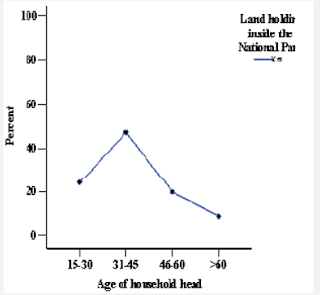Soil Erosion Modeling Using GIS Based RUSEL Model in Gilgel Gibe-1 Catchment, South West Ethiopia-Juniper Publishers

JUNIPER PUBLISHERS-OPEN ACCESS JOURNAL OF ENVIRONMENTAL SCIENCES & NATURAL RESOURCES Soil Erosion Modeling Using GIS Based RUSEL Model in Gilgel Gibe-1 Catchment, South West Ethiopia Authored by Gizaw Tesfaye Abstract This study was aimed to estimate soil loss in Gilgel Gibe-1 catchment by GIS-based RUSLE model and prioritize sub-watersheds for soil conservation planning. Both primary and secondary data from different sources were used in this study. The amount of soil loss from the catchment is estimated with GIS-based RUSLE model which uses the rainfall-runoff erosivity, soil erodibility, topographic effect, soil/surface coverage and land management practice of the catchment as an input. The result of the study shows the mean annual soil loss of the catchment is 62.98 t ha -1 year-1 which is about 26.56x106 ton year-1. Erosion ‘hotspot’ areas are identified and prioritized on the bases of soil loss. Accordingly, SW4, SW3, SW5, SW6, SW9, SW8, SW7,
